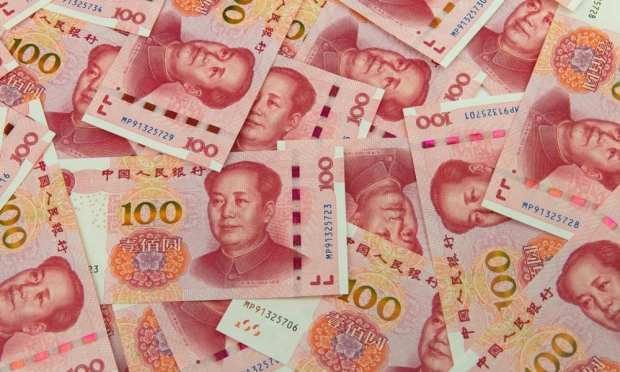Luxury Retailers Find Growing Opportunities In China

Look to China, and look some more — that’s one of the main messages in mid-2019 for luxury retailers, at least for ones not based in the U.S.
The latest evidence of that comes from Louis Vuitton.
According to a report from Bloomberg, the luxury brand’s CEO, Michael Burke, “gave a rosy view of its China business, easing concerns about the effects of a trade war with the U.S. Consumers in the key luxury market have been buying more handbags and watches at home instead of abroad in recent months, a trend that [Louis Vuitton] Chief Financial Officer Jean-Jacques Guiony has previously flagged.”
Trade War
The U.S.-China trade war is playing its role in luxury sales, according to the report.
“As the U.S.-China trade war rages, Beijing has been reducing import tariffs on many European products in a bid to boost domestic consumption and discourage ‘daigou’ — the widespread practice of bringing in undeclared souvenirs from foreign trips to resell them on the mainland,” the report stated. “Prices there for products like Louis Vuitton’s $1,320 Neverfull totes were historically much higher than abroad, but the gap is closing.”
Luxury retail is a hot space in China.
Luxury brands are selling more and more on Chinese eCommerce sites like JD.com and Alibaba, while still keeping their distance from Amazon, as PYMNTS has covered. In fact, French multinational luxury goods conglomerate LVMH’s finance chief made his views on Amazon clear in 2016 when he said “the existing business of Amazon doesn’t fit with luxury, full stop.” The idea of being listed along with batteries and windshield wiper fluid is not one that attracts luxury brands, The Wall Street Journal reported.
Online Push
However, Valentino, Bottega Veneta and Burberry can all be found in the Luxury Pavilion section of Alibaba’s Tmall site. Participation in the site is growing every year, and in 2018, 26 percent of tracked luxury fashion brands had a store on Tmall, an increase of 7 percent from 2017.
Even online luxury outlets are partnering with Chinese giants, as Farfetch merged its business in China with JD.com’s luxury platform earlier this year, and the parent company of YOOX NET-A-PORTER inked an agreement with Alibaba in 2018.
The move is partly due to China’s shopping habits, as many Chinese consumers prefer third-party sites that offer a multitude of brands. This approach can be challenging for luxury brands, which prefer to sell through their own platforms. Shoppers in China also like to use apps, and Alibaba and JD.com are on the cutting edge with their technology. There is also a huge growth opportunity for luxury brands in the country, as only 5 percent of luxury purchases are made online in China.
JD.com and Farfetch began a collaboration in July of 2017; since then, Farfetch has made use of JD’s logistics operations and its insight into Chinese customers. JD is also one of Farfetch’s largest shareholders. Luxury is a key part of JD’s business, and a large part of JD Fashion. The company aims to offer its customers an “end to end” luxury experience, all the way up to “white glove” delivery through JD Luxury Express. JD plans to continue to partner with luxury brands and offer them to its customers.
Back in the U.S., luxury retailers are struggling with keeping their stores open, including in New York City, Recent luxury store closings on Fifth Avenue are part of a more significant trend: As of a March report, 4,810 retail store closures had been announced in 2019. By contrast, Coresight noted there had been around 2,264 store openings per reports at the time, with Peloton, Ulta Beauty, Indochino and Ross Stores creating locations. However, the closings outpace the openings, which is leading concerned real estate companies to look for new concepts or businesses to fill the empty spaces left behind.
But China clearly offers opportunity for certain luxury brands, and that market promises to keep developing.
